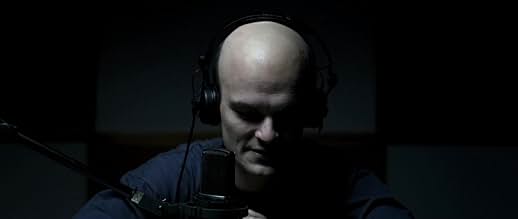Ostatnia rodzina
- 2016
- 2h 3min
La storia di una nota famiglia di artisti: il leggendario pittore Zdzislaw Beksinski, sua moglie Zofia e il figlio Tomasz, apprezzato critico musicale e traduttore. Le loro vite erano tutt'a... Leggi tuttoLa storia di una nota famiglia di artisti: il leggendario pittore Zdzislaw Beksinski, sua moglie Zofia e il figlio Tomasz, apprezzato critico musicale e traduttore. Le loro vite erano tutt'altro che usuali.La storia di una nota famiglia di artisti: il leggendario pittore Zdzislaw Beksinski, sua moglie Zofia e il figlio Tomasz, apprezzato critico musicale e traduttore. Le loro vite erano tutt'altro che usuali.


























